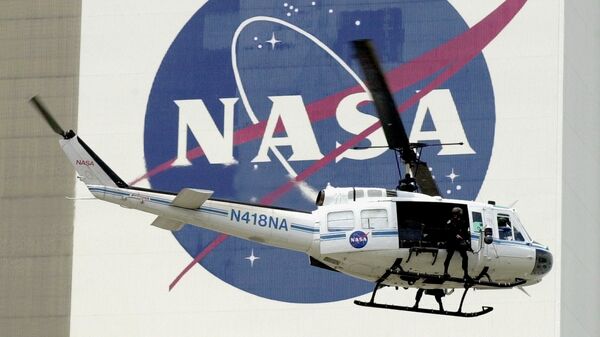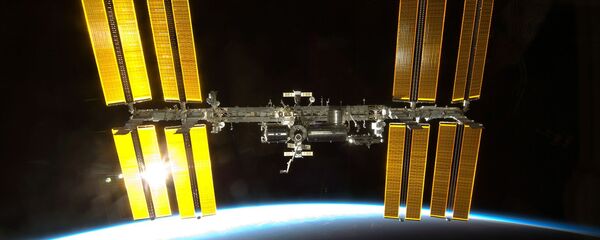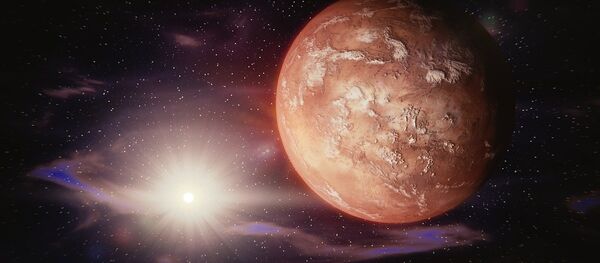The US space agency selected 12 new astronauts from the record highest 18,300 applications filed last year, compared to the previous all-time high of 8,000 applications filed in 1978.
On Wednesday, NASA announced that 12 new members will join its pool of active astronauts, bringing their total amount to 56 people, who will soon board the newest spacecraft and lead the next stage of space exploration. The newly-selected astronauts, five women and seven men, albeit being already highly-skilled scientists and aerospace professionals, will undergo an intensive two-year training, designed to prepare them for the challenges they will face working or the Earth’s orbit and beyond.
US Vice President Mike Pence attended the special event at NASA’s Johnson Space Center in Houston, TX, to welcome the new astronauts, and outline the contours of the Trump administration’s vision of the US’ involvement in space exploration.
The US currently has only 44 astronauts, mainly because the Space Shuttle program was ended in 2011 and the nation has not launched a single astronaut into space from its territory. The US’ withdrawal from space, accompanied by economic problems in the form of aftershocks of the Great
Yet, the recent resurgence of public interest in space, motivated by the breakthrough experimentation of SpaceX, the world’s most prominent privately-held aerospace enterprise, has produced the record highest number of applications to become an astronaut. NASA selected from a pool of 18,300 applicants, all of whom had to meet certain demands, such as a Bachelor’s degree in science, technology, engineering, or math, or about 1,000 of hours operating a jet aeroplane, along with physical and mental health requirements.
NASA has not seen such massive public interest in its activity in about four decades. In 1978, the amount of applications to become astronaut, hit its then-record highest at 8,000, and since then public interest seems to have faded. Despite the Space Shuttle program being launched in 1981, the astounding rise of the financial sector, computer science and entertainment had diverted public attention from space for a long time.
The situation, however, is changing gradually. Space exploration is no longer dominated by the governmental interest. Moreover, the decline in space exploration entailing the end of the Cold War – on both sides of the former Iron Curtain – whilst reflected the perception of space flights as redundant in both Washington and Moscow, has also created the new exciting opportunities for the private-sector commercial missions to space.
Most likely, some observers have noted, NASA’s 12 new astronauts will end up flying commercial rockets upon the completion of their 2-year training.
One of the new astronauts, Robb Kulin, is an actual SpaceX launch engineer and senior manager, and his view of the new era in space exploration reflects the shift in perception of aerospace from the secretive activity dominated by national security interest to a process driven by international business cooperation.
‘‘Hopefully, one day I actually fly on a vehicle that… I got to design,’’ Kulin said.
Meanwhile, Vice President Pence, without going too much into detail, said that the Trump administration is committed to increase the federal support for NASA activities.
“America will lead the way in space once again,” Pence said.
Vice President also mentioned that the White House will soon reassemble the National Space Council – a governmental agency that determined the direction of the national space program in the 1960s and 1970s, but disbanded in 1993, after the end of the Cold War. The White House, thus, sees space exploration as bound together with national interest, foreign policy goals and international prestige.
Amid the rapid development of private-sector aerospace companies across the globe, and business-minded cooperation in the field of space exploration, even national governments have adopted a mindset centred on cost-efficiency motivated by fiscal policy considerations.
The exchange in technology and space exploration-related products is bound to deepen and increase in the coming years as space flights are becoming increasingly multiobjective, including the projected flights to other planets, the ongoing space tourist launches, ISS missions centred on scientific experiments in zero gravity, and many more to come.







